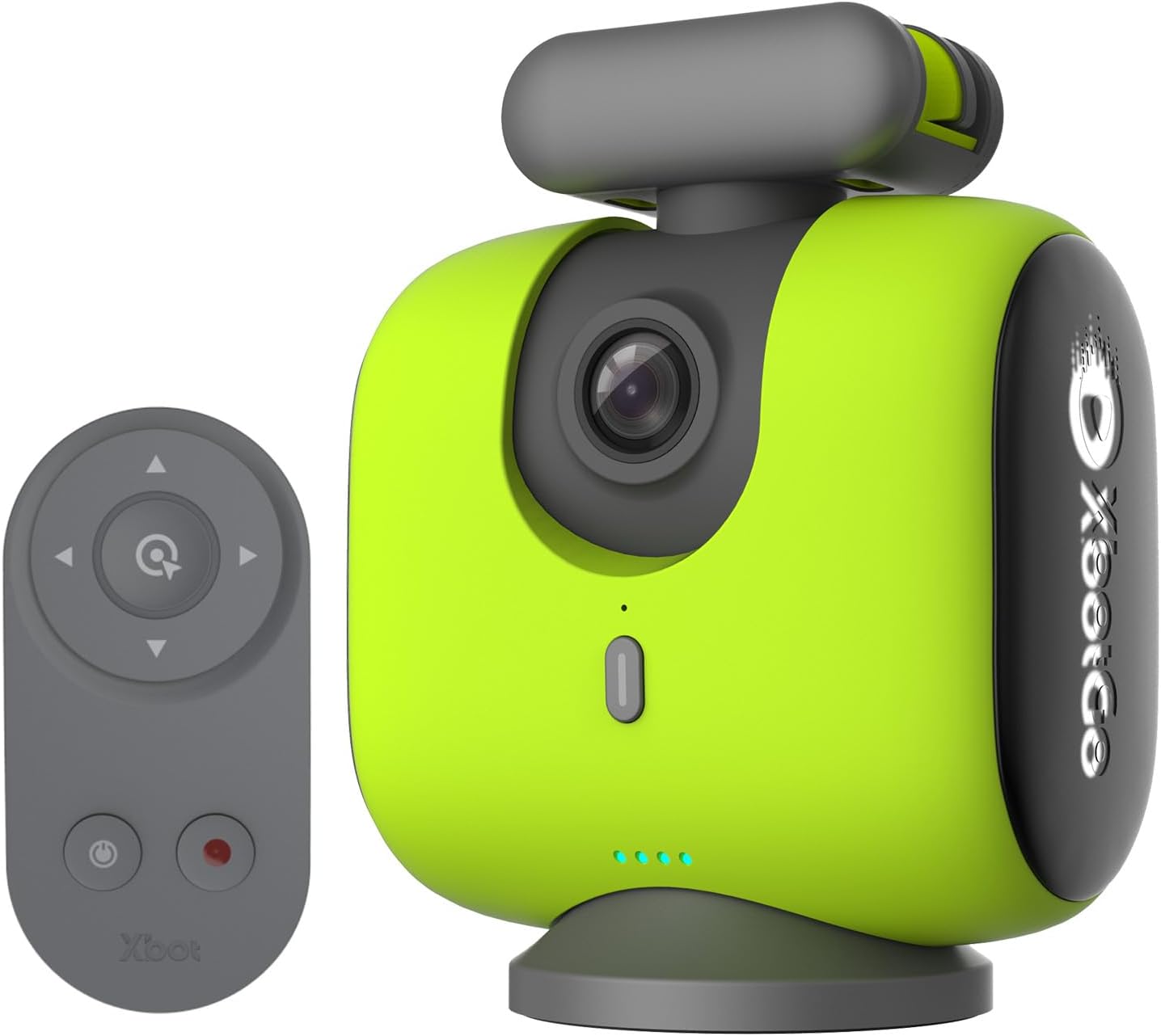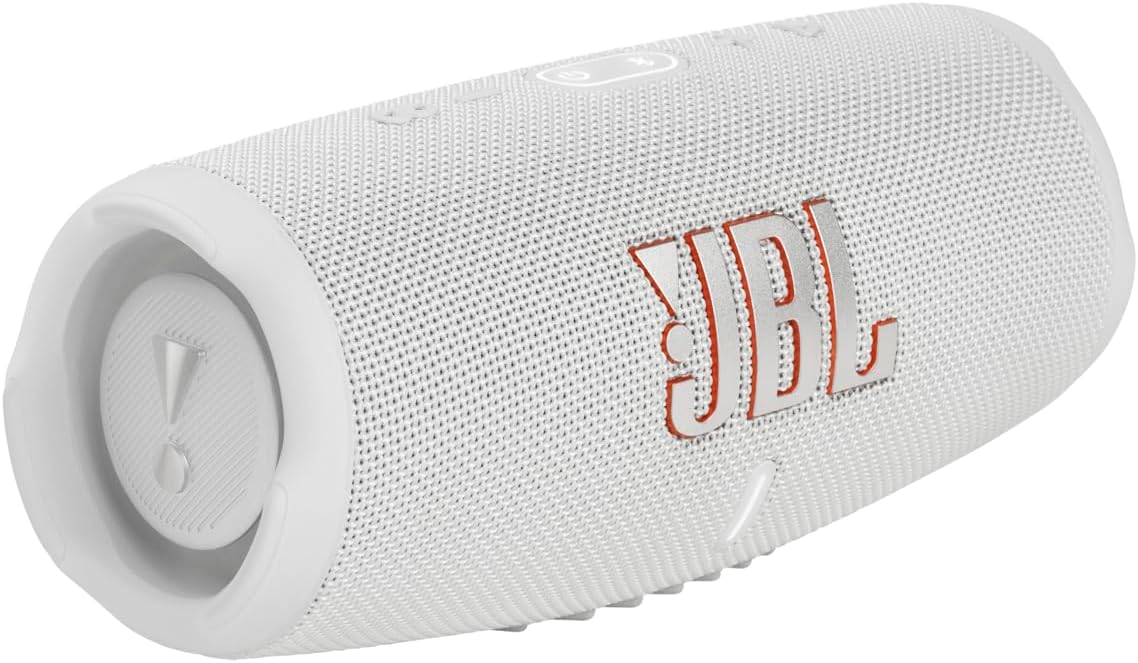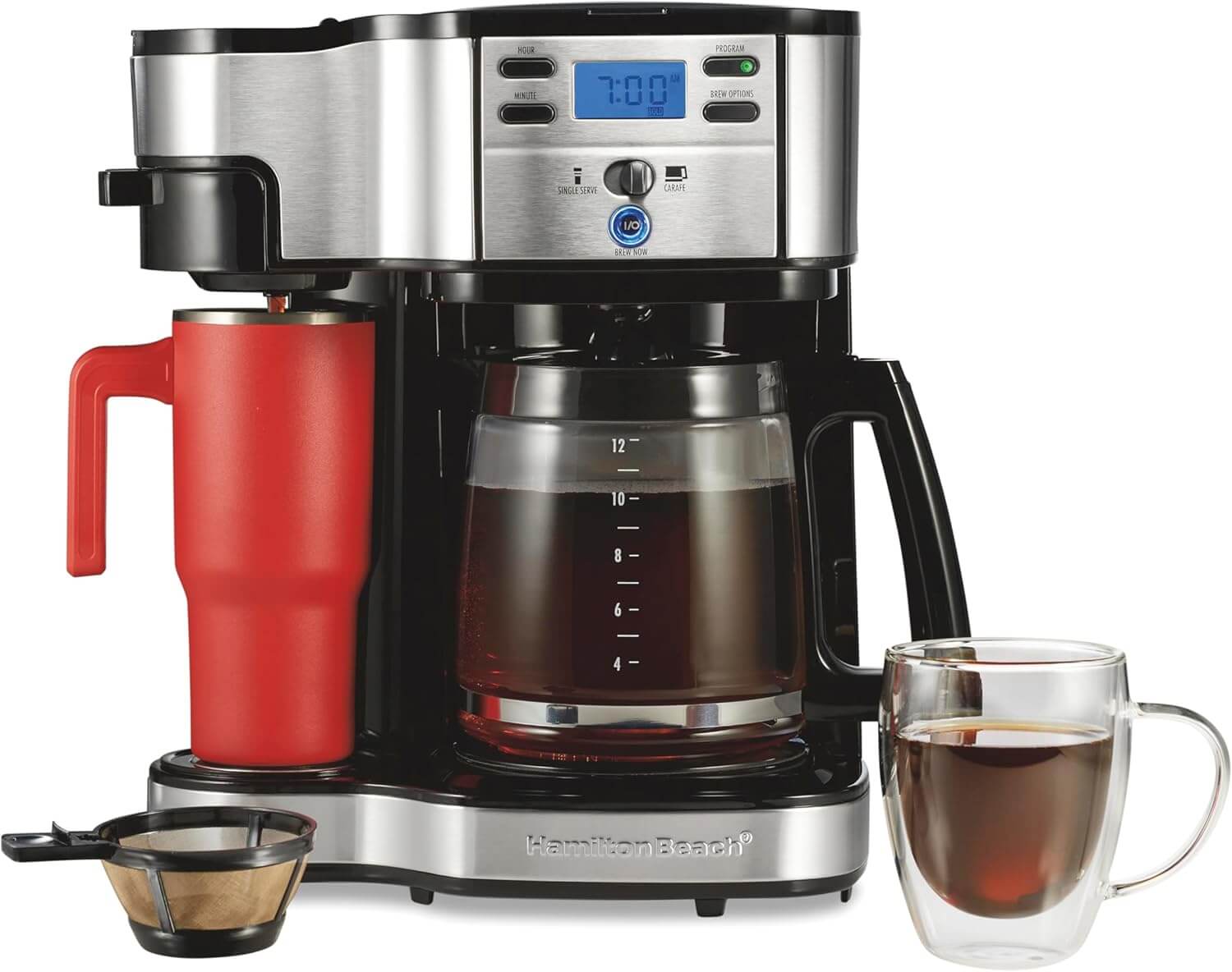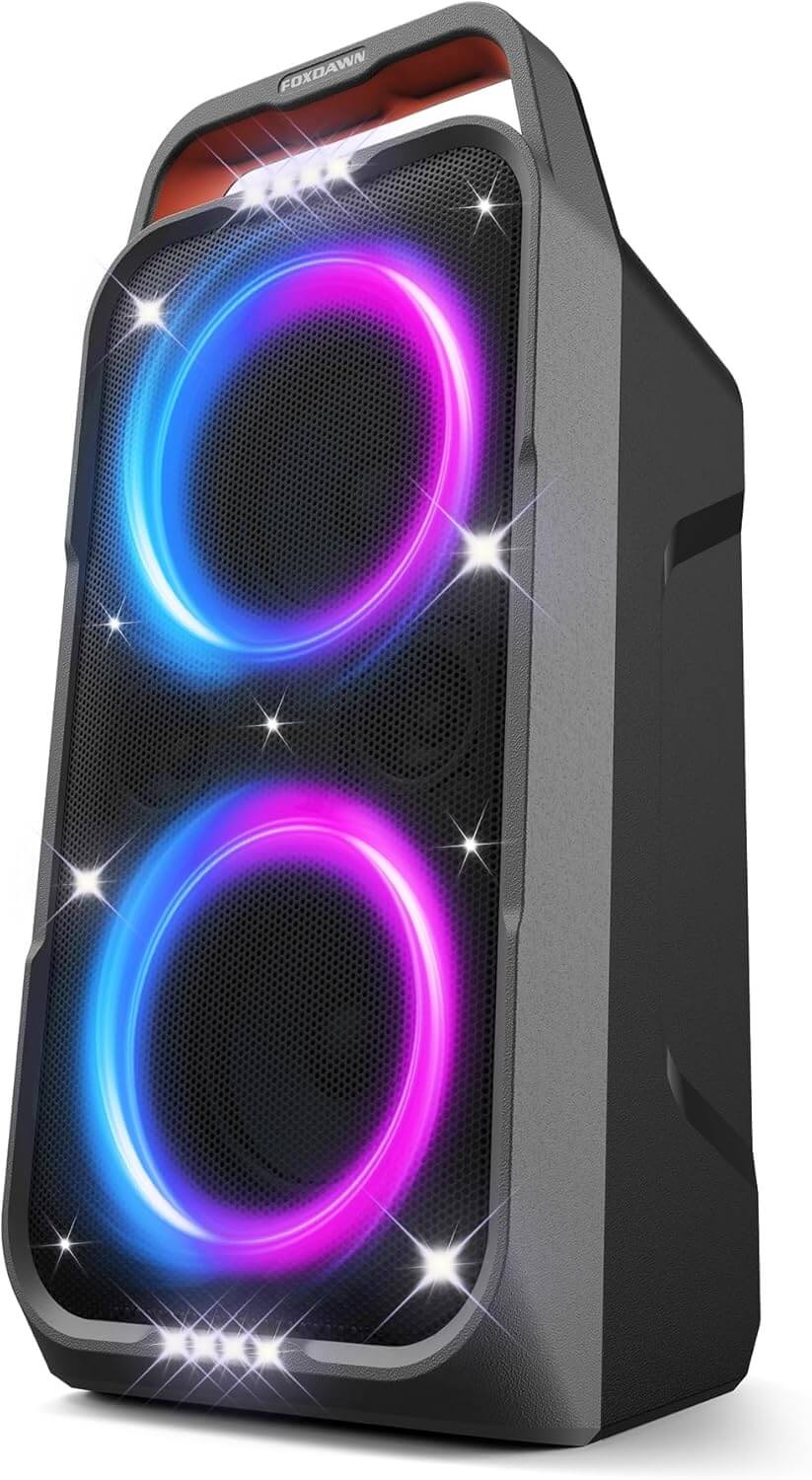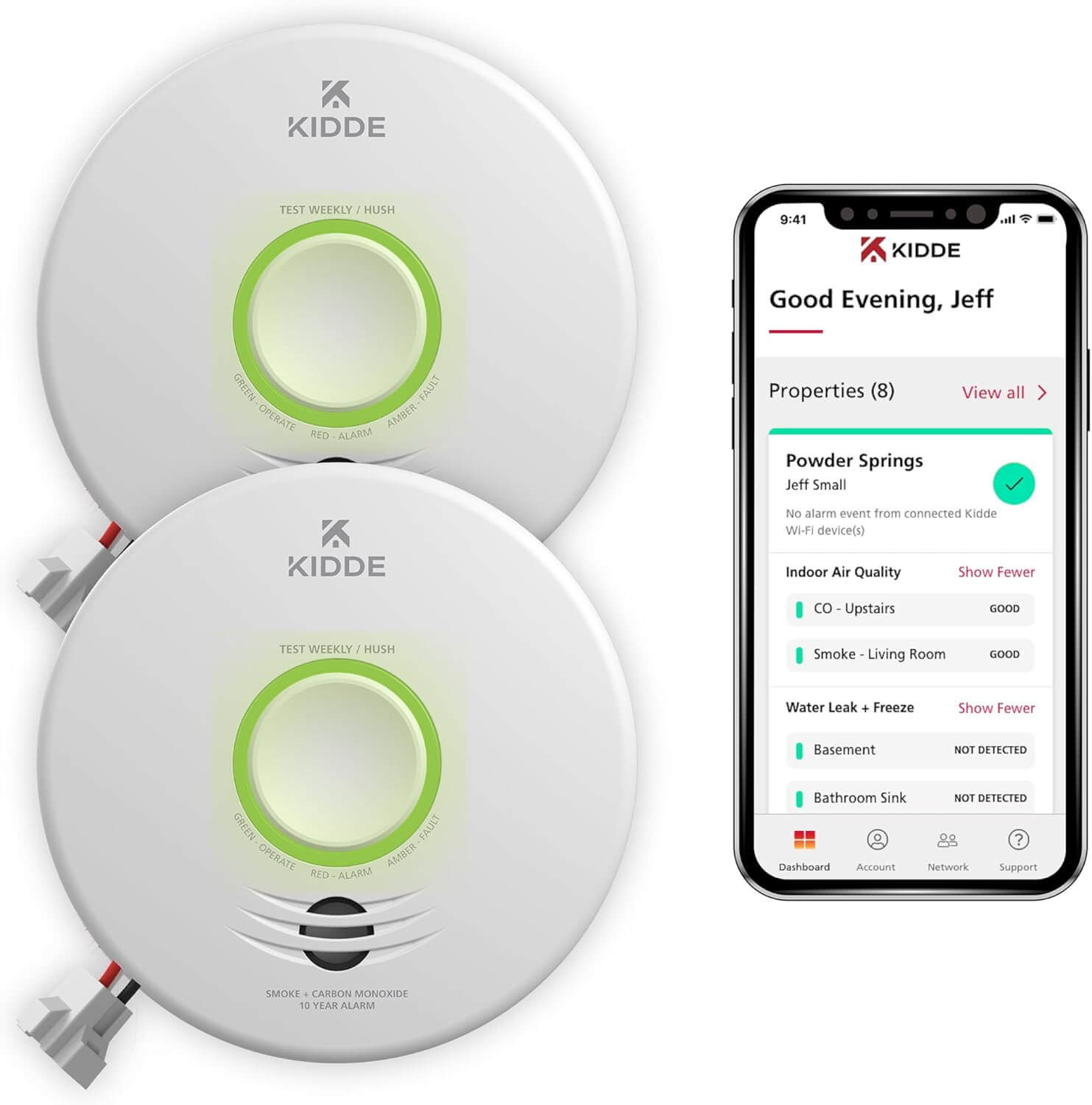Introduction to Smart Toilets
The evolution of bathroom hygiene has led to the emergence of smart toilets, which offer a fusion of traditional functionality with modern technological capabilities. These advanced fixtures are designed to enhance user experience, combining the standard features of a toilet with the sophisticated functionalities of a bidet. The innovation behind smart toilets with bidet built-in is centered around promoting better hygiene and environmental sustainability, making them a compelling choice for today’s conscientious consumers.
Smart toilets integrate features such as heated seats, adjustable water temperature, and even air drying capabilities, ensuring users enjoy a comfortable and effective cleansing experience. Unlike traditional toilets, they incorporate a bidet system that provides gentle and effective water cleansing, minimizing the need for toilet paper and potentially reducing waste. This combination of technology not only enhances personal hygiene but also contributes to eco-friendly bathroom habits.
With the growing awareness of health and environmental issues, many consumers are increasingly turning to smart toilets with bidet functionality. They offer a more hygienic alternative compared to conventional toilet systems, providing a level of cleanliness that can significantly improve personal comfort and health. The water-efficient designs of smart toilets help in conserving water compared to traditional models, making them an environmentally responsible choice for resource-conscious homeowners.
As we continue to explore innovative technologies and sustainable living practices, smart toilets with bidet built-in are quickly becoming essential fixtures in modern homes. They offer a range of customizable features, catering to the diverse needs of individual users. As a result, smart toilets are not just a trend, but a significant advancement in bathroom care and sustainability, illustrating the potential for technology to enhance our daily lives.
Key Features of Smart Toilets
Smart toilets have revolutionized the bathroom experience by incorporating cutting-edge technologies and features aimed at enhancing convenience and efficiency. One of the most notable features of a smart toilet is the built-in bidet. This integration not only provides a hygienic solution for personal cleansing, but it also contributes to reducing toilet paper consumption, making it an environmentally friendly option. The bidet typically includes adjustable water temperature and pressure settings, allowing users to customize their experience for maximum comfort.
Another significant feature is the automatic flush system, which uses only 1.06 gallons per flush (gpf). This water-saving mechanism is particularly appealing, as it helps to conserve water compared to traditional toilets that may use up to 1.6 gpf or more. The smart toilet’s efficient flushing technology ensures that waste is cleared effectively while minimizing water usage, making it an eco-conscious choice for homeowners.
The convenience factor is taken a step further with the inclusion of a built-in pump. This pump helps to facilitate the toilet’s flushing system, ensuring a powerful and reliable flush without the need for excessive water pressure from the home’s plumbing. Homeowners can enjoy peace of mind knowing that their smart toilet will function optimally, regardless of fluctuating water pressure levels.
Lastly, the automatic opening lid feature exemplifies the marriage of technology and user-friendly design. This function allows the toilet lid to open automatically as a user approaches, ensuring a hands-free experience that adds a level of hygiene and convenience, particularly for households with children or individuals with mobility challenges. Each of these features contributes to making the smart toilet with bidet built-in a modern solution for today’s bathrooms, appealing to tech-savvy consumers looking for enhancements in their daily routines.
Environmental Benefits
In recent years, the push towards sustainable living has become increasingly critical, and one of the important advancements in this area is the rise of smart toilets with bidet built-in features. These innovative fixtures not only enhance user comfort but also significantly reduce the environmental impact associated with traditional bathroom practices.
One of the primary environmental benefits of smart toilets is their reduced water usage. Many models are equipped with efficient auto flush systems that use only the minimum amount of water necessary for effective waste disposal. This technology can significantly decrease the overall water consumption in households, which is vital considering the global water scarcity issues. By utilizing advanced sensors, these smart toilets ensure that each flush is optimized, leading to substantial water savings compared to standard flushing systems.
Furthermore, the integrated bidet functions of smart toilets contribute to environmental sustainability by markedly decreasing toilet paper consumption. The use of water for cleansing, as opposed to relying on paper products, leads to fewer trees being cut down for paper production and less waste being generated. For instance, it is estimated that using a bidet can cut toilet paper usage by 50% or more, promoting a healthier planet. This shift not only benefits the environment but also reduces household expenditures on toilet paper over time.
In addition to these direct benefits, the adoption of smart toilets with bidet built-in systems supports broader sustainable practices by encouraging consumers to rethink their daily hygiene habits. As society becomes more conscious of its ecological footprint, technologies that promote efficiency and reduce waste, like smart toilets, will play a vital role in fostering an environmentally friendly lifestyle.
Improved Hygiene and Comfort
Smart toilets with bidet built-in features offer a significant advancement in personal hygiene compared to traditional toilets. The integration of these high-tech systems allows for a more thorough and efficient cleaning experience. Unlike conventional toilets, which primarily rely on toilet paper, smart toilets provide a cleansing water spray that effectively removes waste and maintains cleanliness. This method not only enhances hygiene but also minimizes the risk of irritation and infection that can occur from excessive use of toilet paper.
Furthermore, smart toilets are particularly beneficial for individuals with mobility issues or certain health conditions. The built-in bidet functionality allows users to maintain their hygiene without the need for physical strain. This feature can be especially crucial for the elderly or those recovering from surgery who may face challenges when using standard bathroom fixtures. Thus, smart toilets promote not only comfort but also independence for users who may require assistance in maintaining personal cleanliness.
Statistics highlight the health benefits associated with using smart toilets. Research indicates that fewer bacteria can be found in areas cleaned by water compared to those wiped with toilet paper. Additionally, smart toilets often come equipped with features such as heated seats and adjustable water pressure settings, enhancing the overall user experience. Many users have reported increased levels of satisfaction and comfort since upgrading to smart toilets, owing to these thoughtful design elements.
Incorporating smart toilets with bidet built-in functions into your home can transform an ordinary bathroom into a sanctuary of cleanliness and comfort. Not only do they offer superior hygiene, but they also cater to the diverse needs of users, ensuring that everyone can benefit from a modern approach to personal care.
Cost Savings Over Time
Upgrading to a smart toilet with bidet built-in not only enhances personal hygiene but also presents significant opportunities for cost savings over time. Traditional toilets can consume a substantial amount of water per flush, often leading to inflated water bills. In contrast, many smart toilets are designed with advanced flushing technology that optimizes water usage, thus conserving it while maintaining effective performance. This efficiency results in lower monthly water expenditures, making the investment increasingly attractive.
In addition to reductions in water bills, another area where homeowners can experience savings is through decreased reliance on toilet paper. With the features offered by a smart toilet with bidet built-in, users often find themselves using significantly less toilet paper, or in some cases, foregoing it altogether. The integrated bidet function allows for a cleaner and more hygienic experience, leading to potential long-term savings on toilet paper purchases. As prices for such household goods can accumulate over time, the financial benefits of transitioning to a smart toilet become more evident.
While the initial purchase price of a smart toilet might appear high compared to traditional options, a cost-benefit analysis reveals that the savings in both water consumption and toilet paper can recoup the investment over several years. For example, a household that reduces its water usage by approximately 30% may save dozens of dollars annually on their water bill. Testimonies from users have also indicated that transitioning to a toilet with a bidet built-in not only enhances comfort but also streamlines daily routines, further optimizing both time and resources.
Therefore, looking beyond the upfront costs and assessing the long-term financial implications is crucial for potential buyers. Investing in a smart toilet with bidet built-in represents not just an upgrade in technology but also a strategic move toward greater fiscal responsibility and sustainability for the future.
Installation Process Explained
Installing a smart toilet with bidet built-in can be a seamless process, particularly if the necessary modifications to your bathroom are addressed beforehand. The first step involves evaluating your current plumbing setup. Most smart toilets require a standard water line and a power source nearby, which might necessitate electrical modifications if the existing outlets are not in optimal locations.
Before installation, it is crucial to measure the space where the smart toilet will be placed, ensuring it fits comfortably and that there is enough clearance for users. Some models may require a special reinforced floor if they are significantly heavier than traditional toilets due to built-in features. Adequate ventilation is also important to prevent moisture accumulation, which can be addressed through installing vents or using a dehumidifier.
Once the bathroom is prepped, homeowners have two primary options for installation: do-it-yourself (DIY) or hiring a professional. For those who are comfortable with plumbing and electrical work, installing a smart toilet with bidet built-in can be a rewarding project. Many manufacturers provide detailed installation guides to assist DIYers, making the process straightforward. However, it is recommended to double-check compatibility between the toilet model and existing plumbing systems.
For those who prefer not to tackle the installation themselves, hiring a professional plumber is a wise option. They are equipped with the necessary experience and tools, ensuring that the smart toilet is installed correctly and safely. Ultimately, considering the installation method is essential for a successful upgrade to a smart toilet with bidet built-in, allowing users to enjoy the modern conveniences these innovative products offer.
Frequently Asked Questions
As prospective buyers consider an upgrade to smart toilets, numerous questions arise. Here, we address some of the most common concerns regarding pricing, maintenance, and longevity to help inform your decision.
1. How much do smart toilets with bidet built-in cost?
The price of smart toilets can vary significantly based on features and brand. Basic models typically start around $300, while high-end options can exceed $1,500. This price range often reflects additional functionalities such as heated seats, automatic lid openers, and advanced bidet settings. Investing in a quality smart toilet with a bidet built-in may yield long-term benefits through water savings and enhanced comfort.
2. What maintenance does a smart toilet require?
Maintaining a smart toilet is generally straightforward. Regular cleaning of the exterior and interior surfaces is mandatory to prevent buildup of grime. Additionally, many advanced models feature self-cleaning functions, making upkeep even easier. Most smart toilets also have user-friendly interfaces that will notify you when cleaning, repairs, or maintenance is necessary. However, it is advisable to follow the manufacturer’s recommendations for specific maintenance requirements.
3. How long can I expect a smart toilet with bidet built-in to last?
The longevity of a smart toilet often surpasses that of traditional models, primarily due to robust materials and technology. With proper maintenance, many high-quality smart toilets can last between 10 to 15 years or even longer. The components of a smart toilet are typically designed to endure frequent use, making them a resilient choice for modern bathrooms.
As you weigh your options, understanding these key aspects can significantly ease the transition to a smart toilet with bidet built-in. Knowledge of potential costs, maintenance processes, and durability can empower you to make a knowledgeable investment in your bathroom upgrade.
Comparing Smart Toilets to Traditional Options
As the bathroom experience continues to evolve, comparing smart toilets to traditional options unveils a significant transformation in performance, hygiene, features, and overall user experience. Smart toilets with bidet built-in systems are at the forefront of this evolution, providing functionalities that conventional toilets lack. These modern alternatives enhance comfort and hygiene, fundamentally redefining the way we use a bathroom.
In terms of performance, smart toilets come equipped with advanced technology that offers intuitive features such as adjustable water temperature, pressure settings, and even air drying options. Traditional toilets, by contrast, have limited functionality, requiring the use of separate bidet attachments or toilet paper. The ease and efficiency of a smart toilet can lead to a more satisfying and streamlined experience for users.
Hygiene is another critical aspect where smart toilets stand out. Many smart toilets feature self-cleaning mechanisms, allowing for a more sanitary bathroom environment. They often utilize UV light or electrolyzed water to maintain cleanliness, which is not an option with standard toilets. By minimizing the need for toilet paper and reducing contact with surfaces, smart toilets promote a higher standard of personal hygiene.
When it comes to features, smart toilets with bidet built-in capabilities include an array of options that enhance user experience. These may encompass heated seats, customizable settings, and night lights for convenience, making them more appealing than traditional toilets. Moreover, certain models offer integrate smart-home compatibility and eco-friendly functions that align with modern environmental concerns.
Ultimately, the user experience provided by smart toilets is vastly superior. They promise not only advanced technology and improved hygiene but also comfort that adapts to individual preferences. As a result, upgrading to a smart toilet represents a beneficial choice for modern-day households, catering to an elevated standard of living.
Conclusion: Making the Switch
Upgrading to a smart toilet with a bidet built-in represents a significant advancement in modern bathroom amenities. Throughout this discussion, we have explored the numerous benefits associated with this innovative toilet technology. One of the primary motivations for making the switch is enhanced hygiene. Smart toilets often feature additional bidet functionality that allows for thorough cleaning, reducing the reliance on toilet paper and promoting a cleaner, fresher experience. This not only supports personal health but also contributes to environmental sustainability by minimizing paper waste.
Moreover, the convenience offered by smart toilets cannot be overlooked. Many models come equipped with programmable features such as seat warming, automatic flushing, and adjustable water temperature, allowing users to customize their bathroom experience. These enhancements contribute not only to comfort but also to accessibility, particularly for individuals with mobility challenges or specific health concerns. A smart toilet with a bidet built-in is designed to cater to the diverse needs of household members, making it an inclusive bathroom solution.
Furthermore, the long-term cost savings associated with transitioning to a smart toilet should be taken into account. By reducing the use of toilet paper and potentially lowering water bills through efficient flushing systems, this investment can pay off over time. In addition, the durability and advanced technology found in these modern fixtures often lead to fewer maintenance issues.
In conclusion, adopting a smart toilet with a bidet built-in is an upgrade worth considering for anyone looking to enhance their bathroom experience. The combination of improved hygiene, user convenience, and cost-effectiveness makes it a valuable addition to any home. Therefore, it is time to take the leap and embrace the future of bathroom technology for a lifestyle improvement that you will appreciate daily.

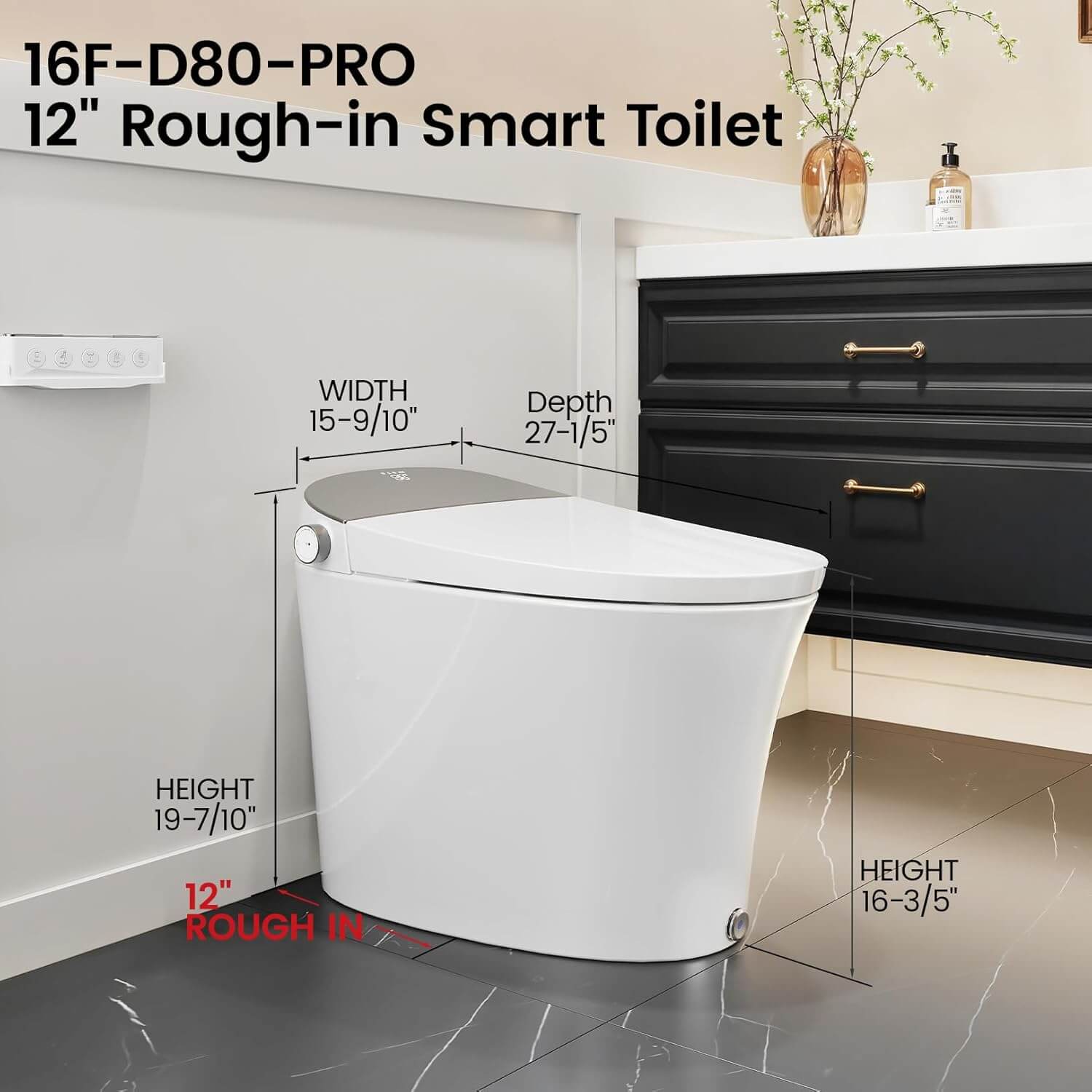

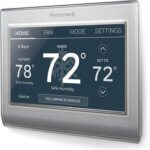

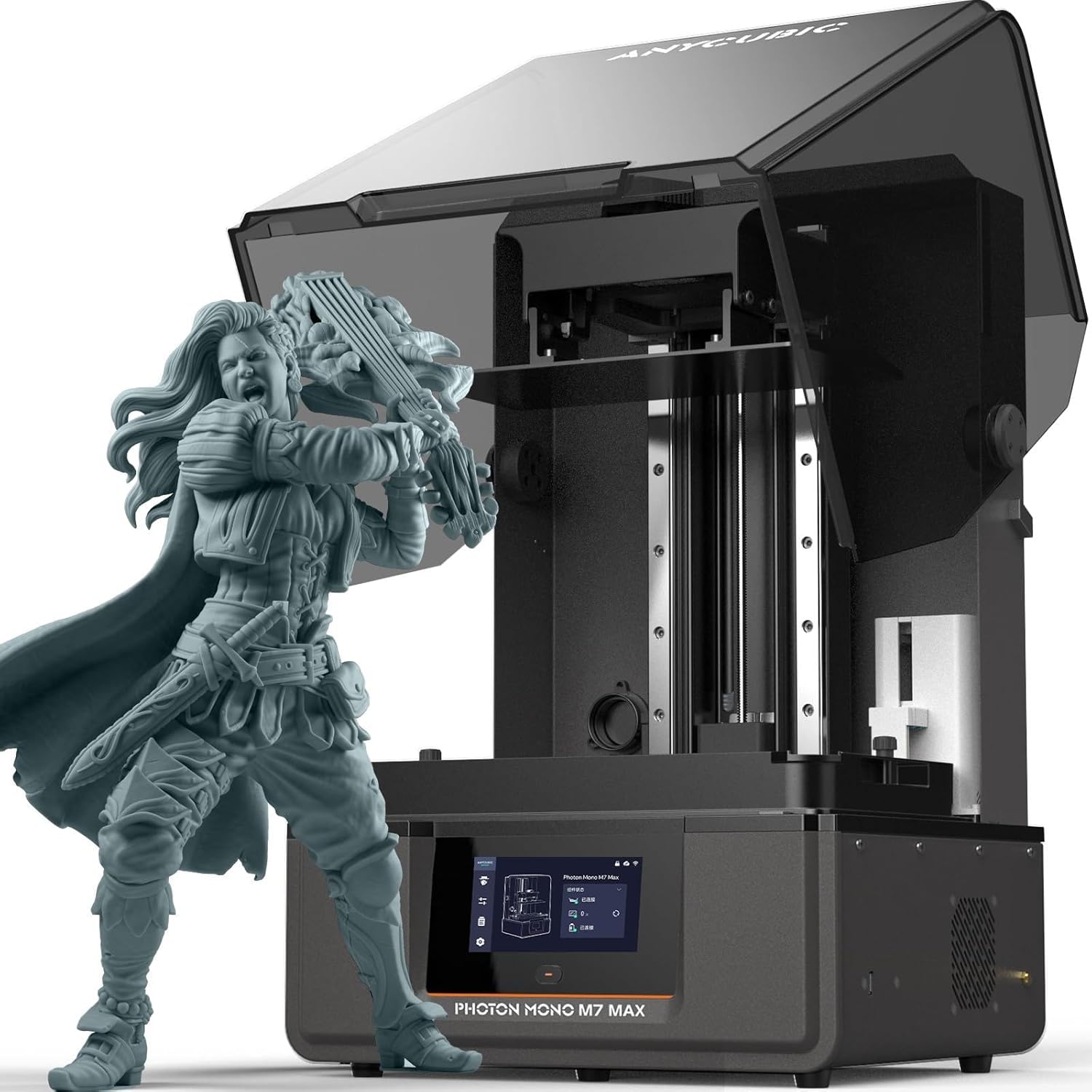
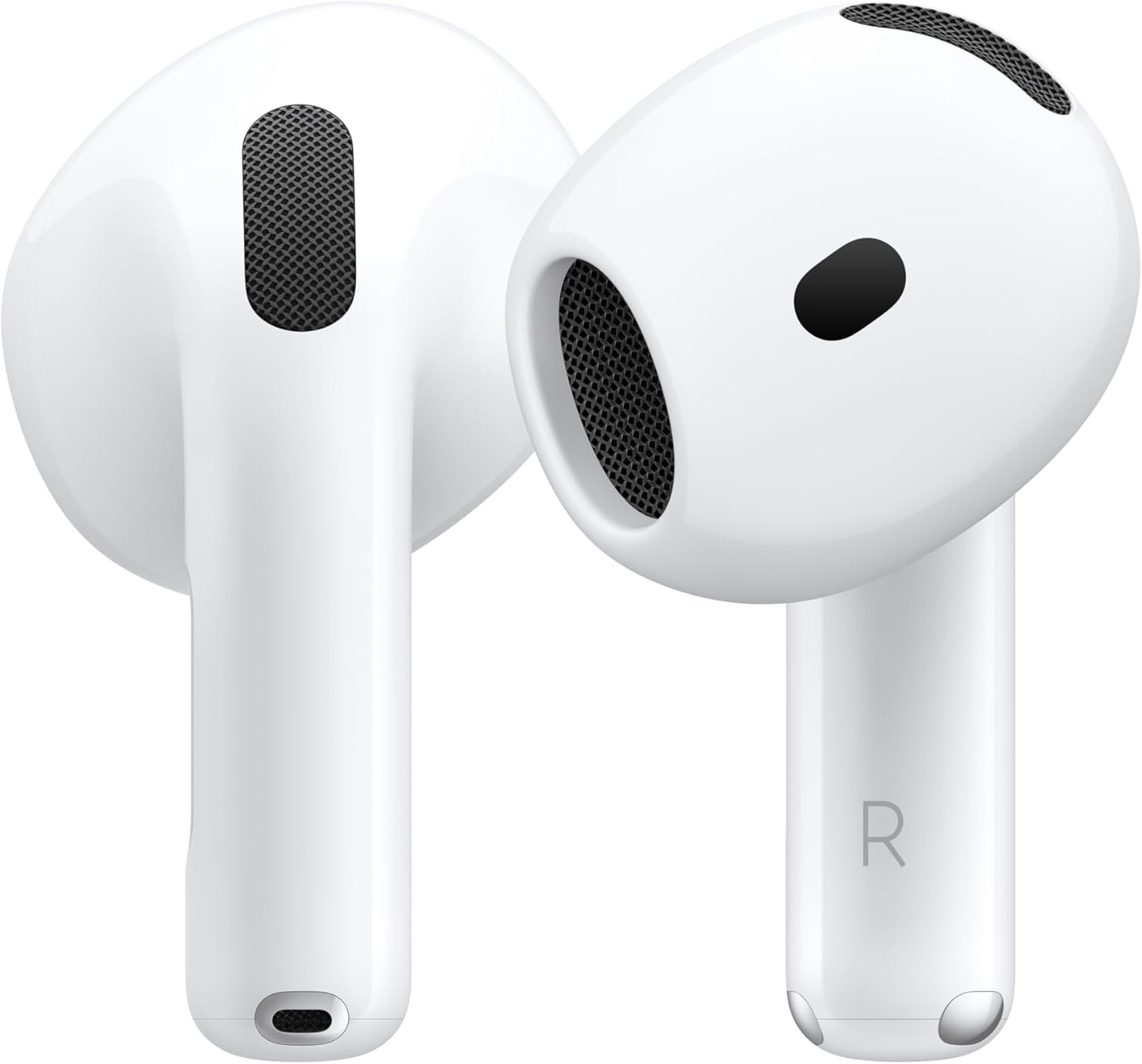
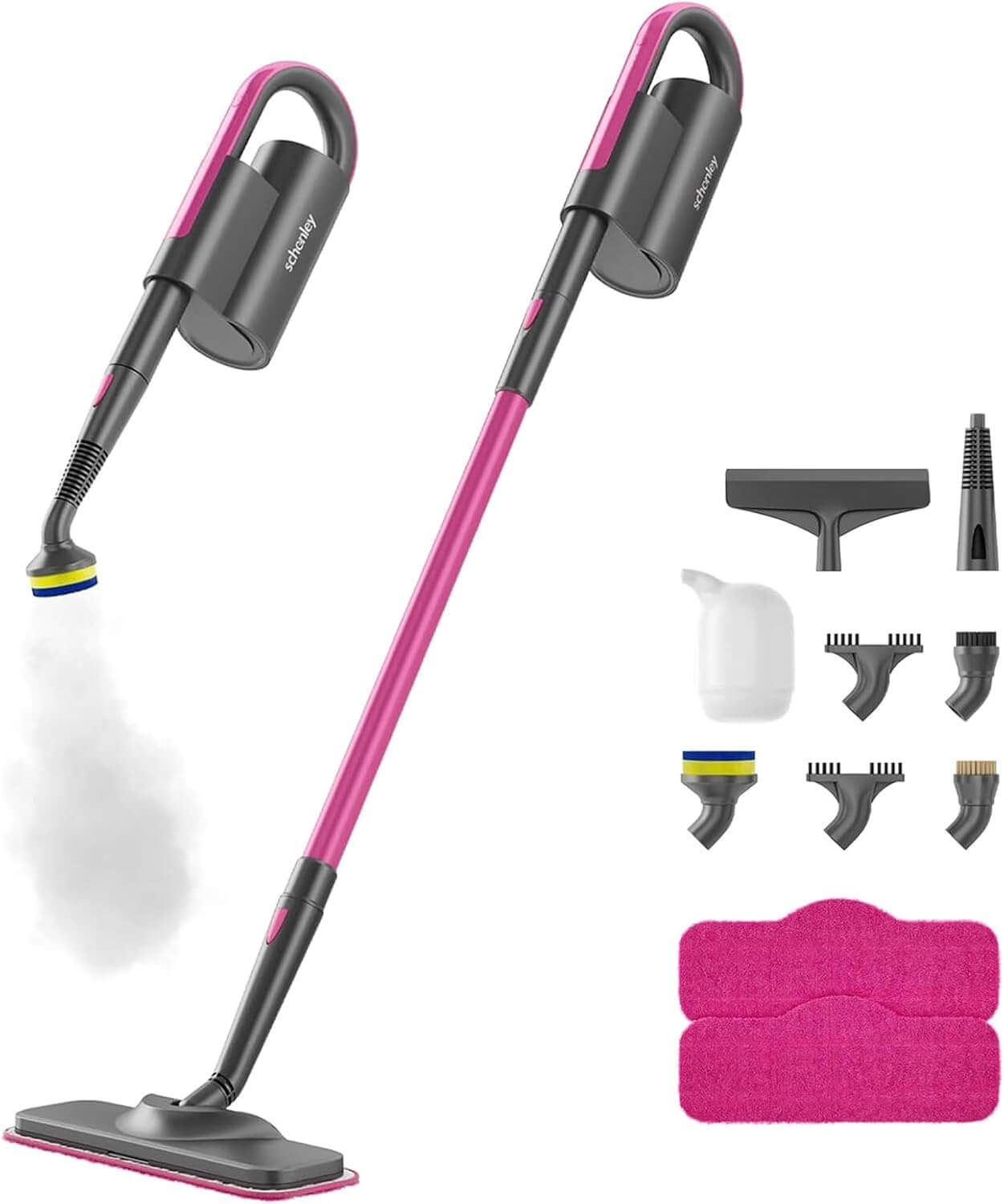

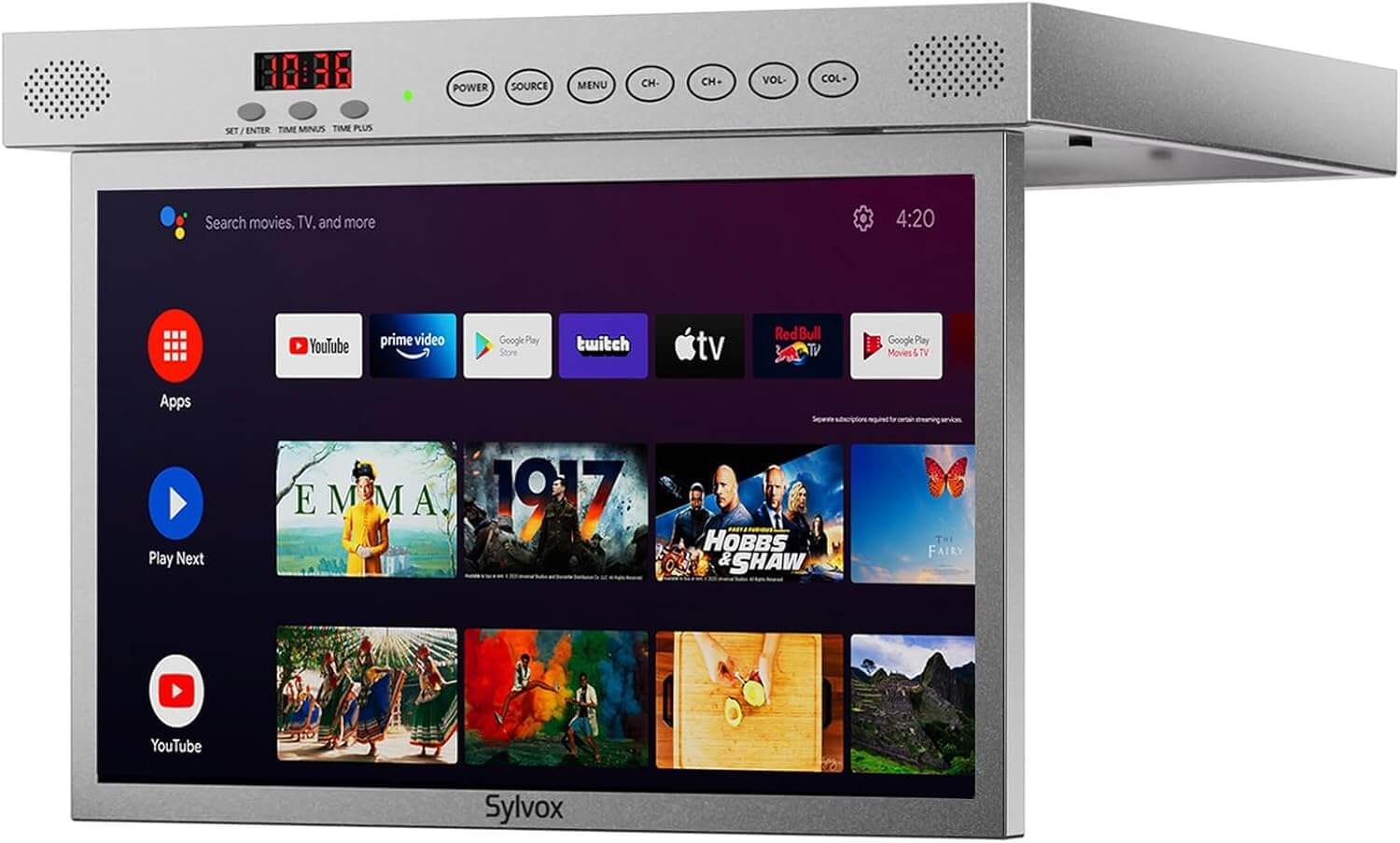
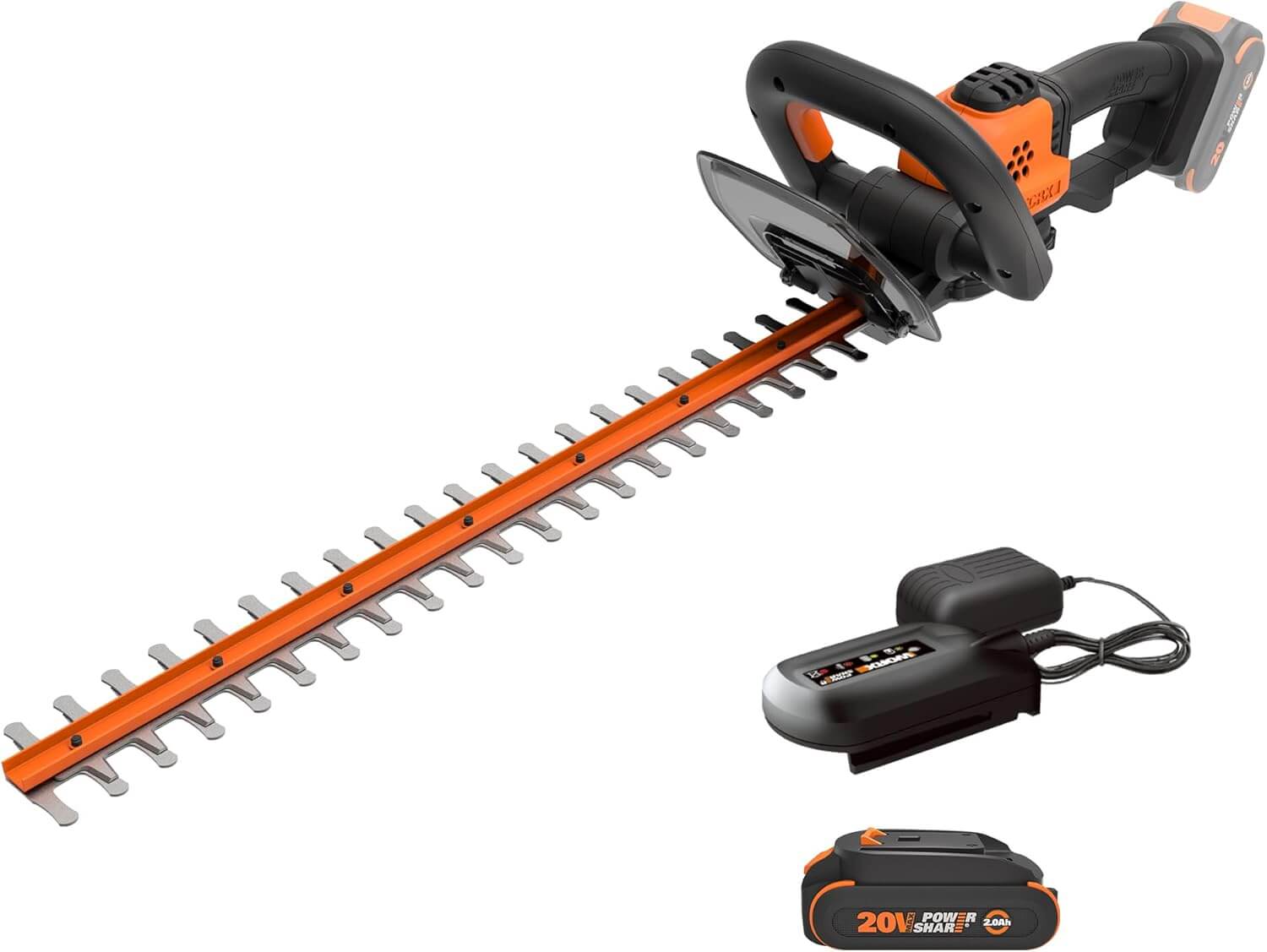

![Samsung Galaxy Buds 3 Pro AI True Wireless Bluetooth Earbuds, Noise Cancelling, Sound Optimization, Redesigned Comfort Fit, Silver [US Version, Amazon Exclusive, 2Yr Warranty]](https://techstore2.com/wp-content/uploads/2025/07/Samsung-Galaxy-Buds.jpg)



